This is one in a series of posts on the Fujifilm GFX 100S. You should be able to find all the posts about that camera in the Category List on the right sidebar, below the Articles widget. There’s a drop-down menu there that you can use to get to all the posts in this series; just look for “GFX 100S”.
There is an embarrassment of riches chez Kasson this week. Not only do I have a just-released GFX 100S to test — and I’m really liking the camera — I’ve got the just-off-the-boat (figuratively, at least; I think they ship these things by air) 80 mm f/1.7 to test.
Because of the weather, I haven’t put the lens through my screening test; I’ll get to that. However, on cursory examination it appears to be a good copy. If there are problems with the screening test, I’ll edit this post.
I’m doing my first test with a Siemens Star target, at a distance of about 20 meters. Test conditions:
- ISO 100
- Manual exposure, varying the f-stops
- Arca Swiss CA on RRS legs
- 2-second self timer
- Focusing at taking stop except where noted at the end of this post.
- Developed in Lr 10.2 with default settings except for white balance.
- White balanced to the lower right gray background of the Imatest Siemens star
The scene, inside where it’s dry:
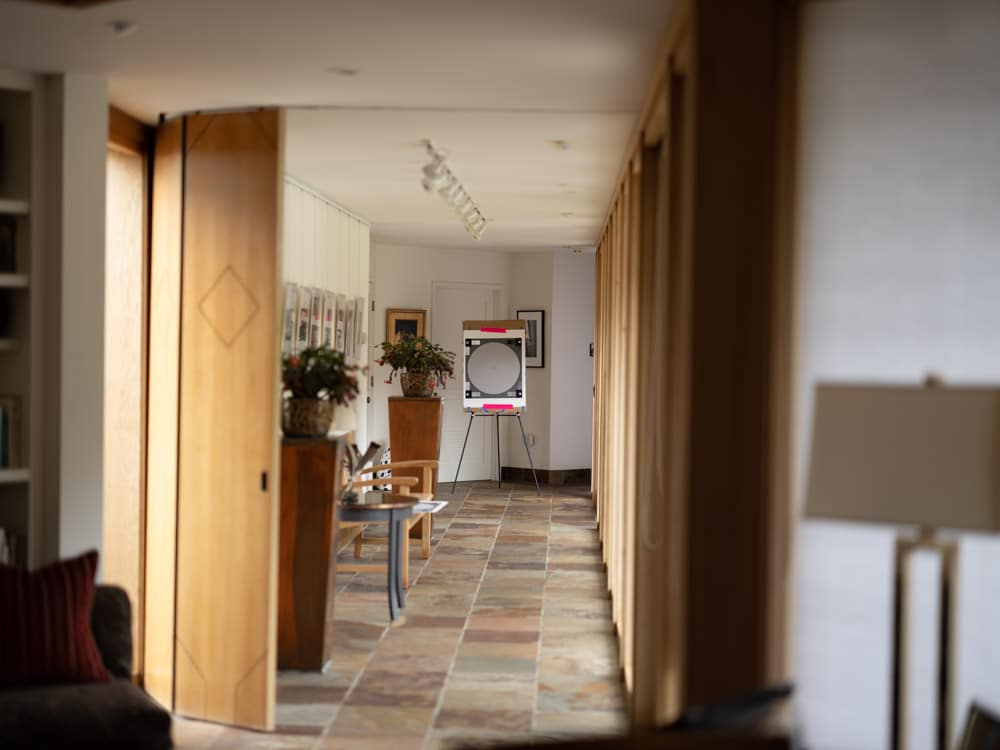
Some center crops at various f-stops at about 125% magnification.
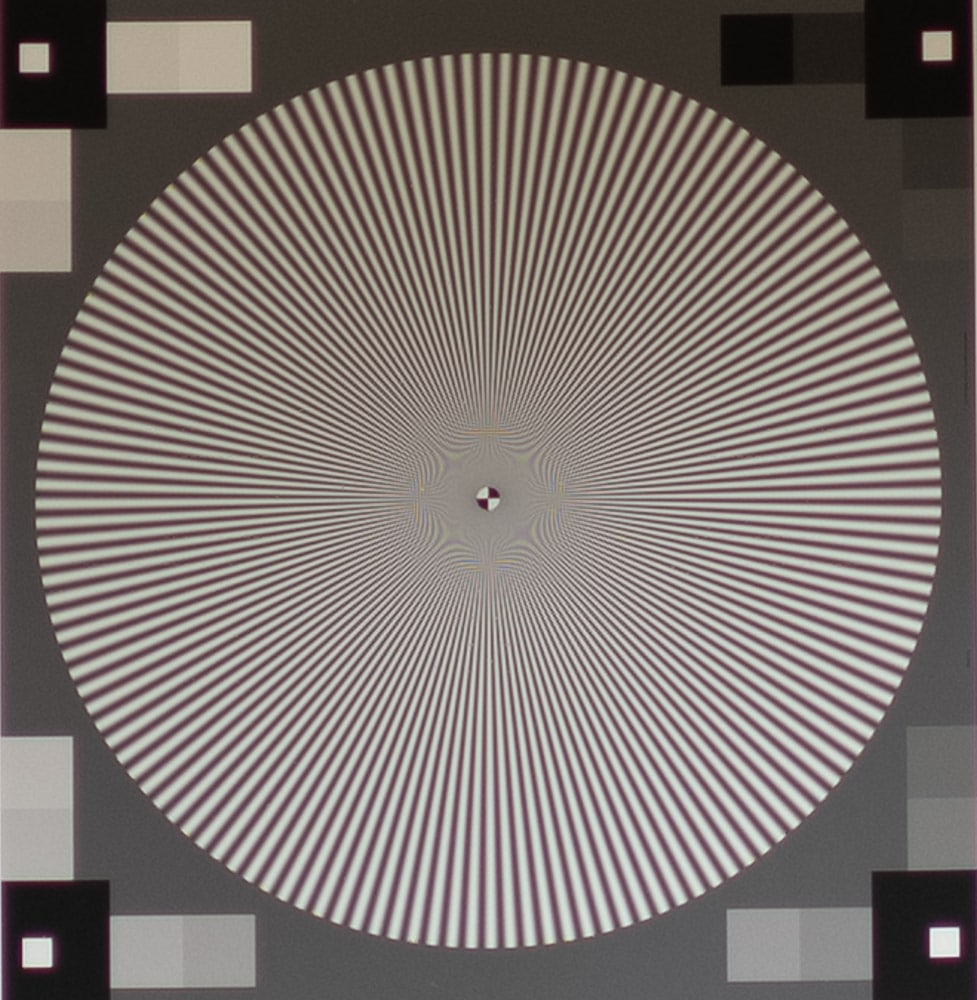
The lens is sharp enough to cause plenty of luminance aliasing, but there isn’t much false color. This is sometimes an indication of longitudinal color aberration (LoCA). It will take another test to pin this down. By the way, it would be surprising if a lens this fast didn’t have some LoCA wide open.
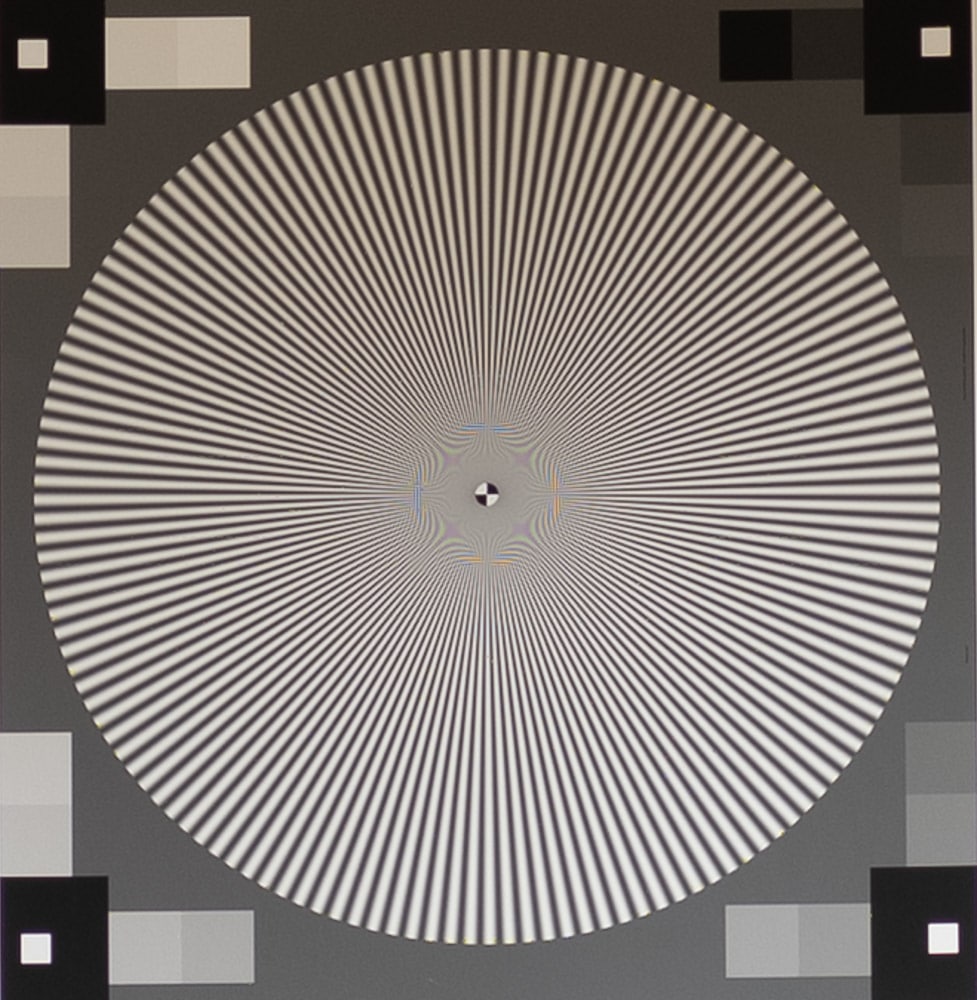
Now we’re picking up a fair amount of false color. This may be because the DOF is now sufficient to bring all three color planes into better focus at the same time.
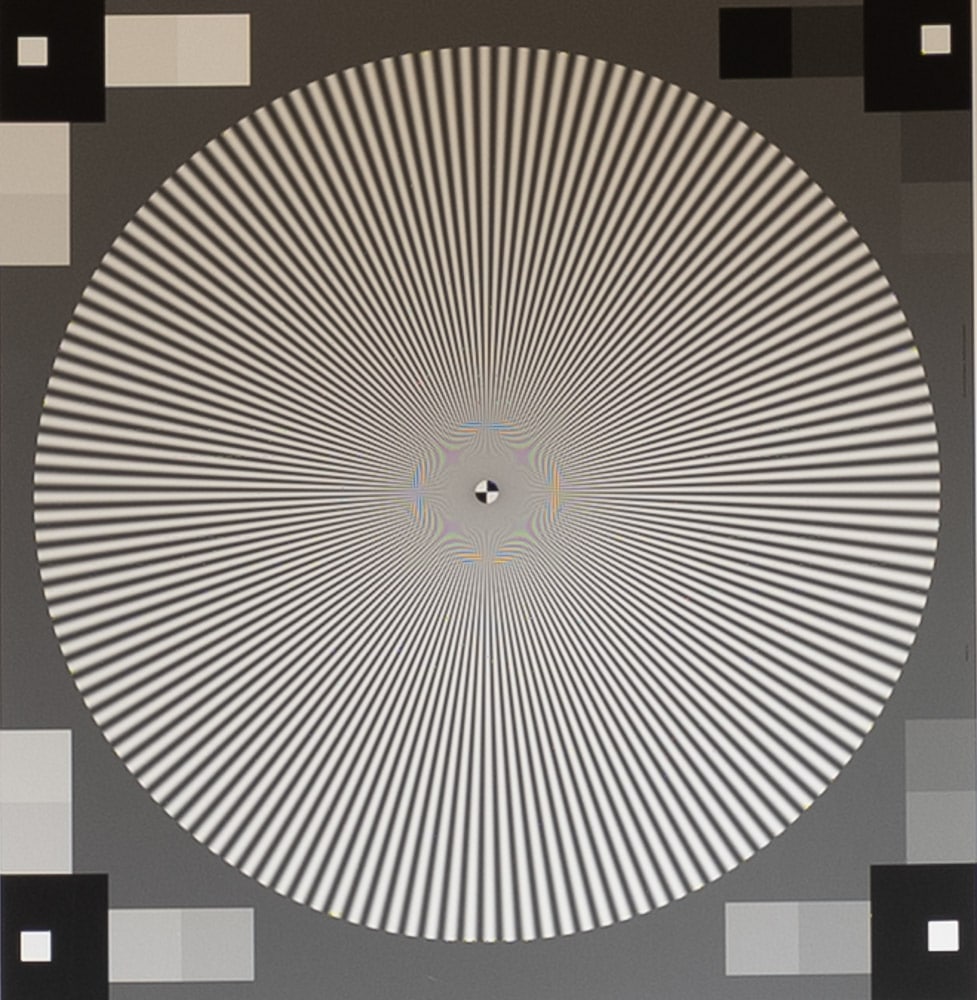
F/4 looks very similar to f/2.8.
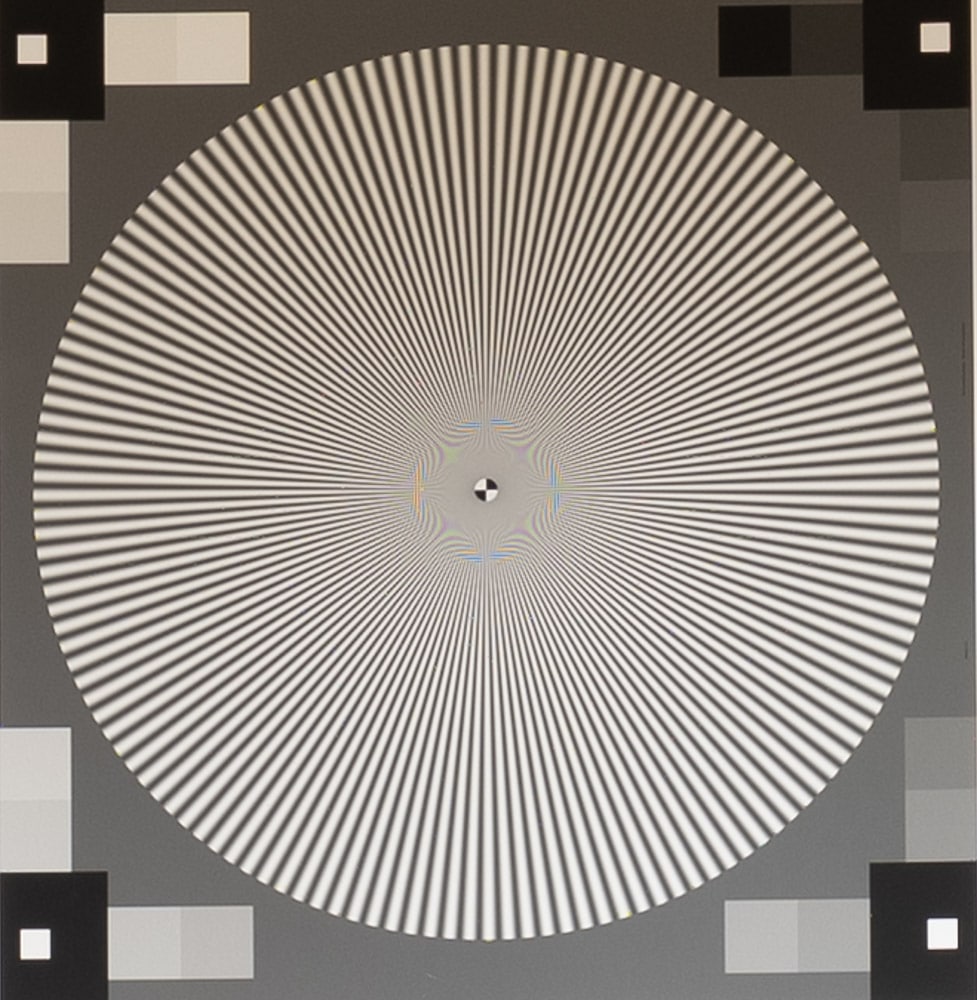
F/5.6 looks good, too.
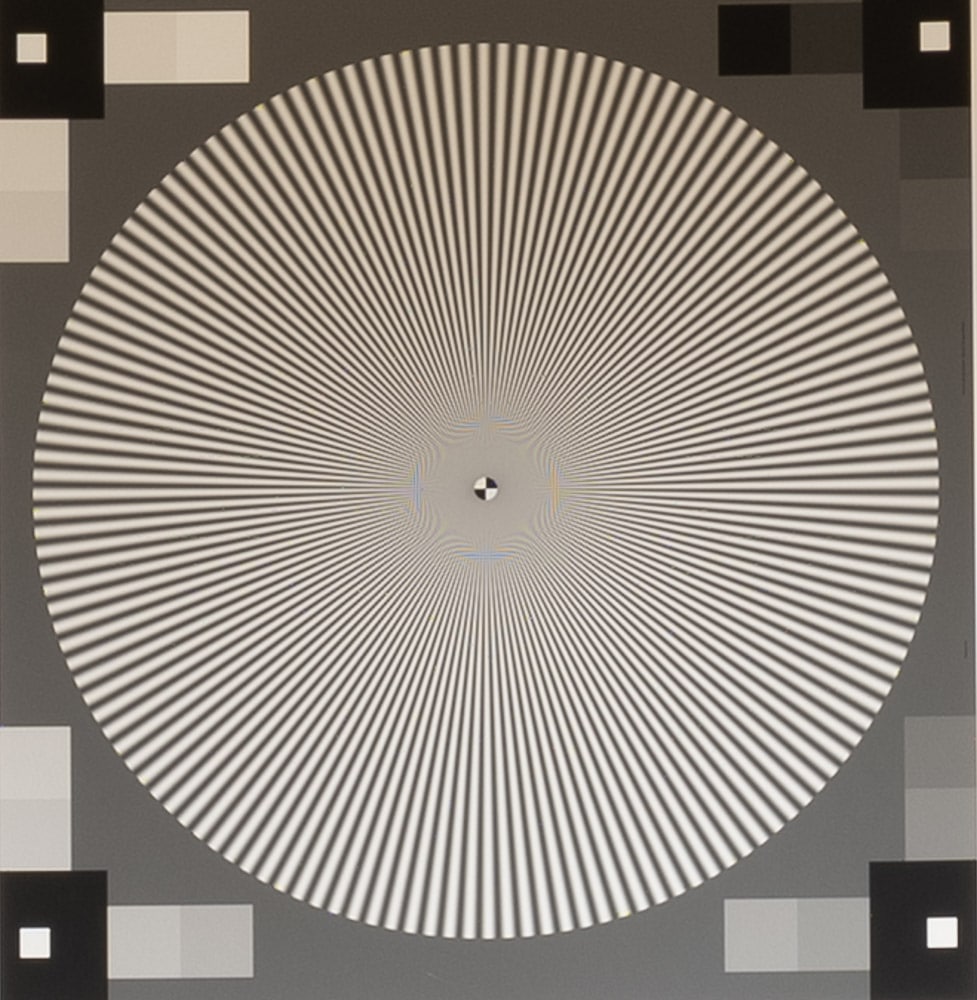
We’re seeing a tiny bit of softening because diffraction is getting worse faster than the aberrations are decreasing.
In the upper right corner:
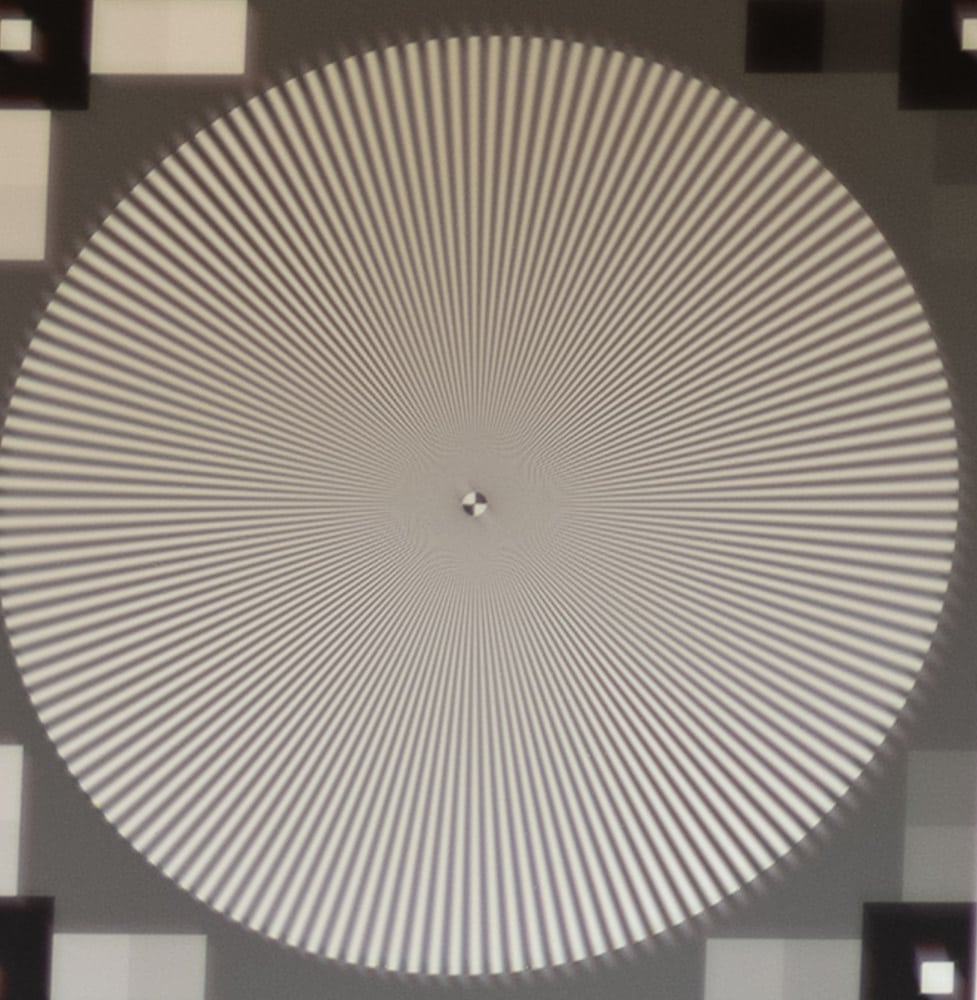
For a portrait lens, this is impressive performance.
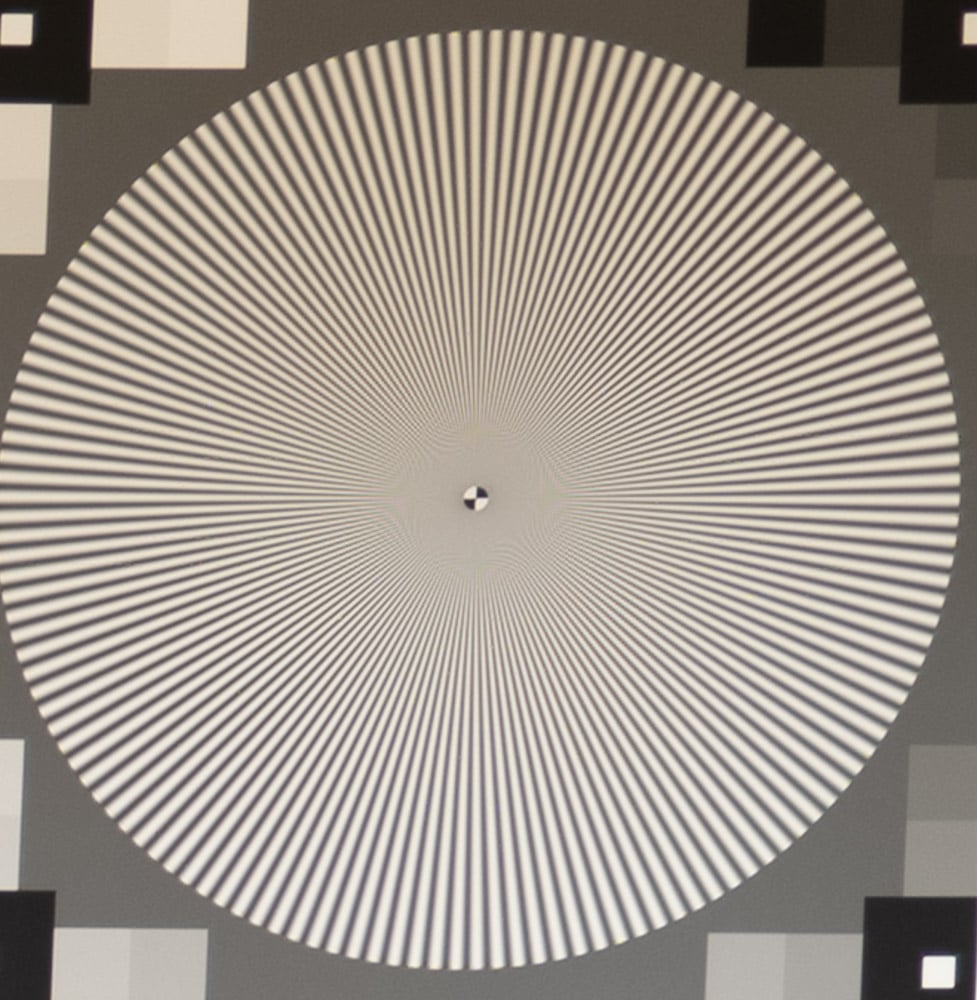
There’s not that much improvement a stop and a third down from wide open.
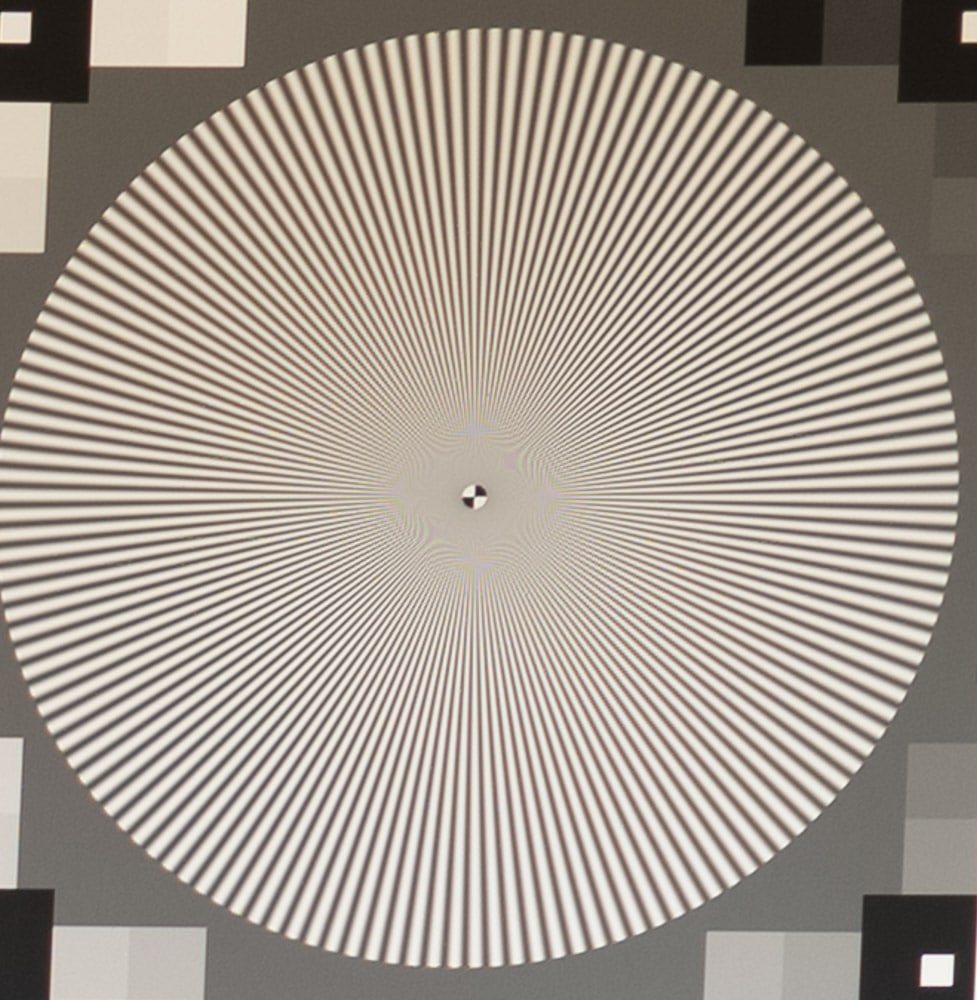
The corner is crisping up nicely.
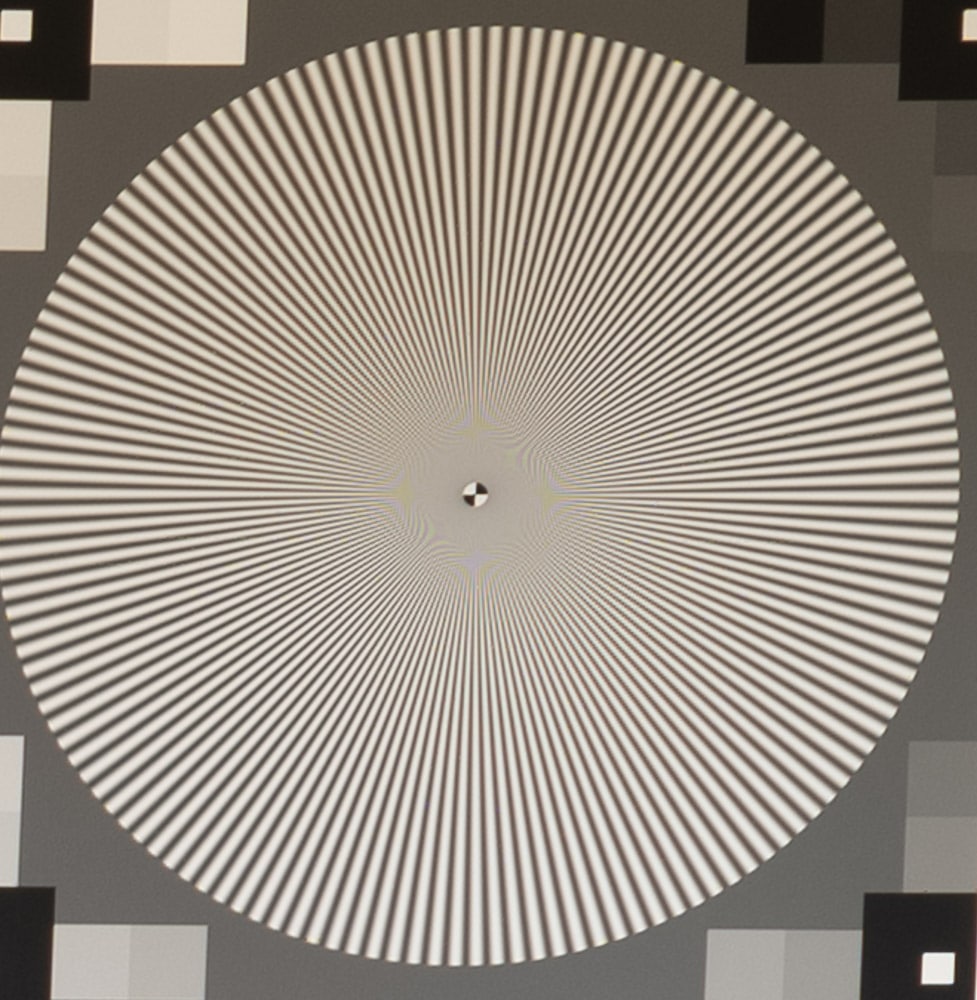
About the same
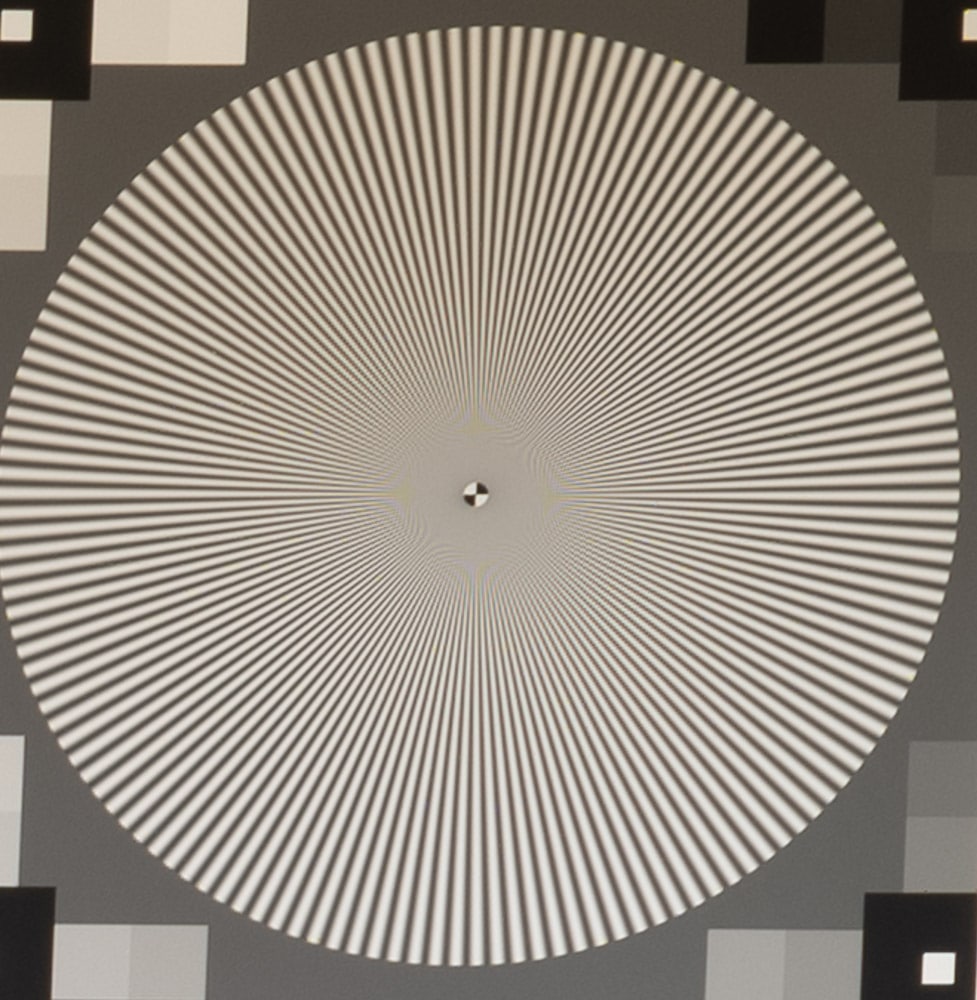
Still about the same.
Now I’ll show you a quick and dirty test for focus shift. I focused in the first image at f/1.7, and stopped down without changing the focused distance.
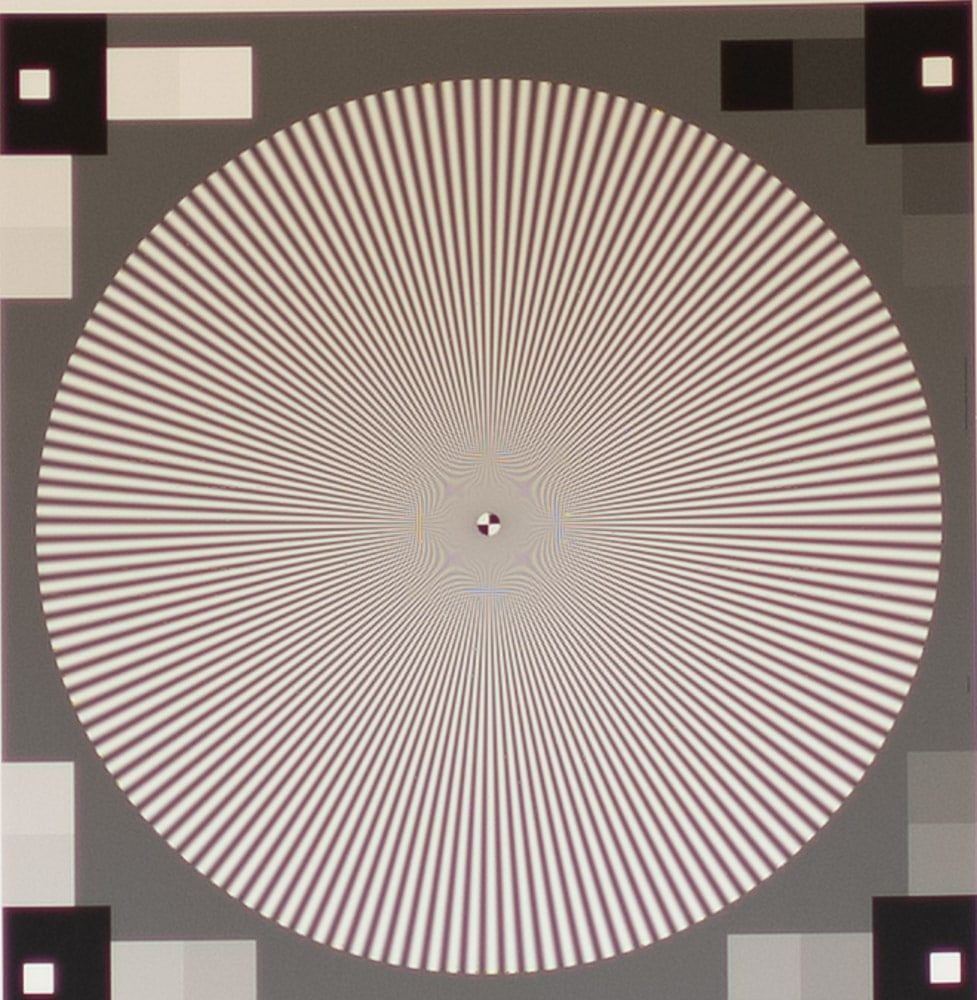
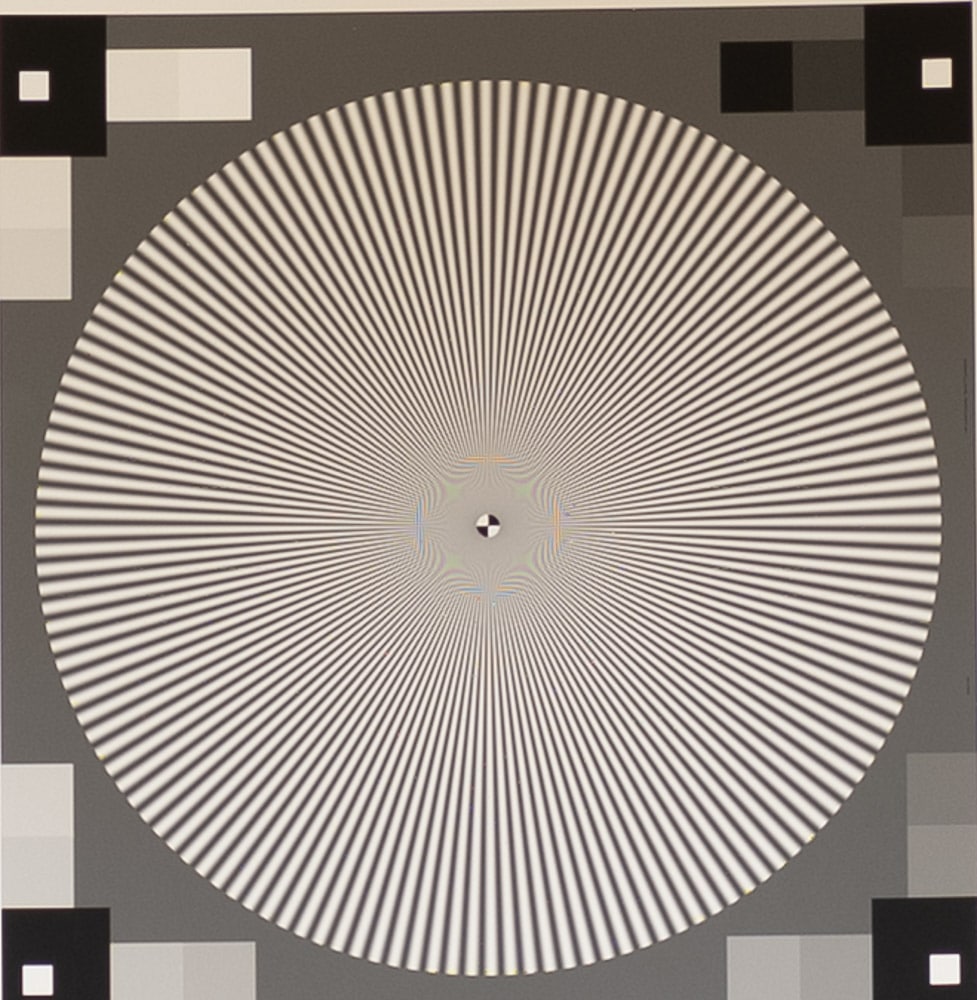
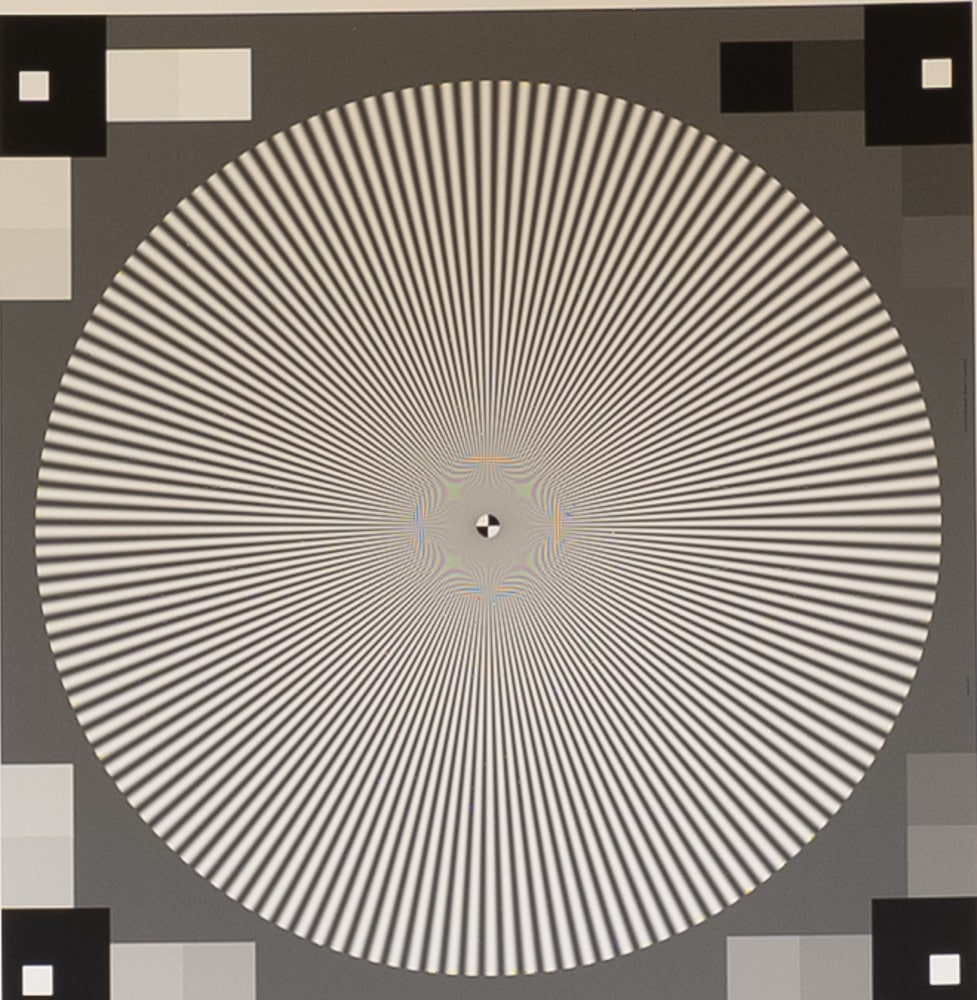
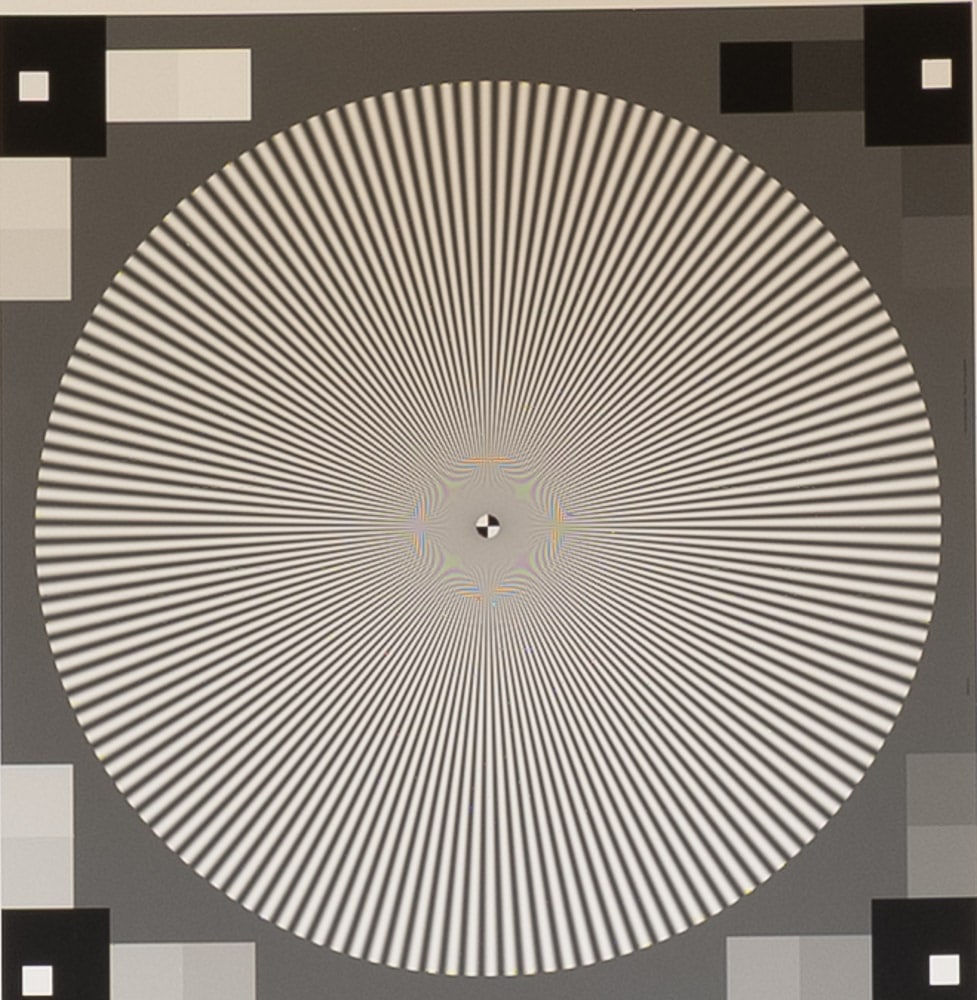
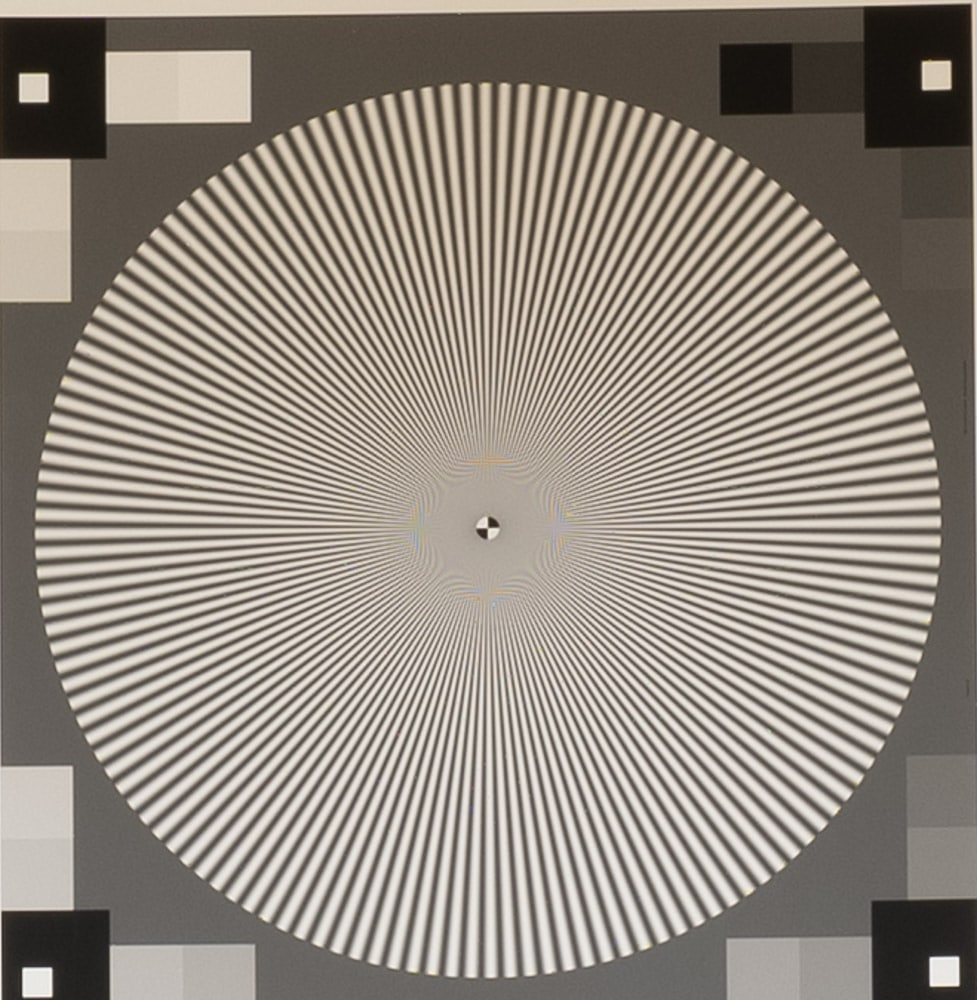
I am surprised at how little focus shift there is.
I’ll be doing more testing, but this appears to be an excellent lens from the results seen here. I’m sure it has its foibles — what lens doesn’t? — and I hope to track them down in the next few days.
By the way, in spite of my using the nonlinear focus by wire mode, the focusing ring is overly sensitive for critical work. This is the first G lens I’ve seen with this issue.
Hood Ben-Eshak says
Thanks for this…You have the last word when it comes to this part of science. Were you a child prodigy? Just curious!
AHMED GENCAL says
Please compare it with 110mm at landscape distance.Please
JimK says
At same distance or same field of view?
Ilya Zakharevich says
How would it matter — the Siemens star is scaling-invariant?
I Join Ahmet’s request here (although from purely theoretical point of view). The only place you reported on 110 mm I saw is in
https://blog.kasson.com/gfx-100/iq4-150-gfx-100-a7riv-different-slices-off-the-same-sausage/
— and it seems to show quite exceptional behavior